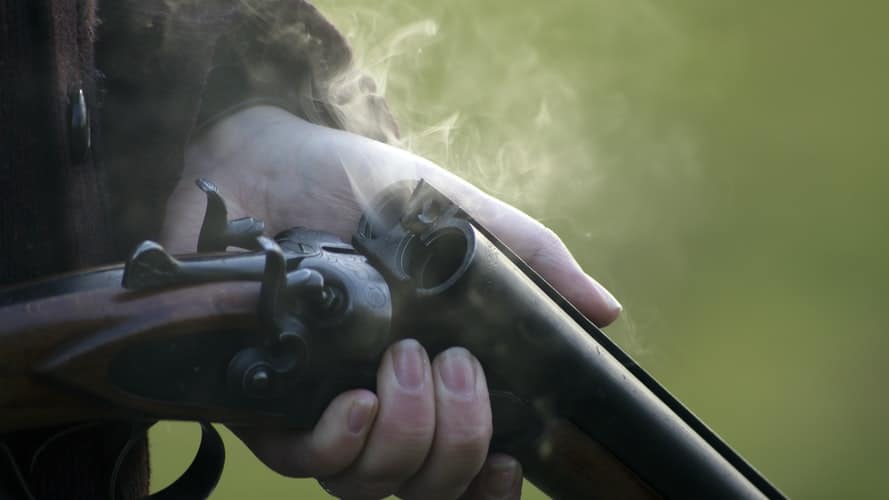If you own a shotgun, or are choosing to build a gun with 80 lower receivers, it’s important that you understand best practices when it comes to gun safety.
Hunting has been around since the dawn of time, and people all over the world have used hunting as a tactic for survival. Although, in modern times, with the convenience of supermarkets, ready-made meals and food being delivered to our homes with just a few clicks, hunting has become more of a sport and one that should be treated with great care, especially when it comes to safety.
Whether you’re hunting with friends or by yourself, there are certain rules and precautions that should be adhered to when handling your firearm, ammunition and other shooting equipment. While all hunters should be safety-aware, it is especially important that new hunters understand gun safety when they are venturing out on their first hunt.
Continue reading to learn more about gun safety so that you and your fellow hunters can stay safe on your next outing.
Personal Safety
Before discussing gun safety specifically, there are other aspects of hunting that should be considered when it comes to your safety and that of those around you. Protective equipment, in particular, is vital in keeping you safe when you’re in the field. For example, shooting glasses will help to reduce sun glare, dust, and other debris from hindering your vision when shooting. Earplugs should be used when firing the gun to protect you from potential hearing damage. And, it’s important that you wear the right clothing to keep you safe in the terrain you are exploring and the weather conditions you will be subject to during your hunt. For comprehensive guidelines on personal safety, appropriate gear, and responsible gun handling, you can learn more at ProAmory.
Best Practices
Guns of any kind should always be treated with respect. Whether the gun is loaded or not, it should always be handled as if it is. With this approach, you can be sure that you will get into the routine of practising gun safety whenever you are using your firearm. You should also get into the habit of regularly cleaning your gun to prevent it from malfunctioning when the time comes to put it into action. Be sure to follow the correct procedure for your particular firearm when carrying out cleaning and maintenance, and always make sure the gun is free of ammunition before you start.
Assess Your Surroundings
Your surroundings should always be assessed thoroughly before taking a shot. Many newcomers tend to focus solely on the target and not the environment around them. If there’s anything or anyone else in the crossfire, there could be a serious accident which is something you will always want to avoid. Taking the time to assess the situation and identify potential hazards is crucial in shooting to ensure safety.
Pulling The Trigger
If you haven’t used firearms before, you might want to consider practising with an airgun before moving on to the real thing. Sure, it will be way quieter and the air gun won’t have the kind of recoil of a real firearm. But there are upsides as well. With a BB/pellet gun you can practice in your backyard anytime, without worrying about the noise or safety as much. And if you want something closer to the real thing, consider looking at some realistic “blowback” action airguns that simulate the recoil that comes from using a real firearm.
Be Consistent With Gun Safety When You’re Hunting
Gun safety should become natural when hunting; after all, nothing is more important than providing a safe environment for yourself and those around you. Experience will help to improve your gun safety. However, it can also be easy to become complacent with gun safety over time. Make sure that you develop good habits, stay safe and help new hunters to understand the nuances of gun safety to ensure that every hunt is safe and successful in the future.
You may also like
-
Common Misconceptions About Disability Law and Lawyers
-
Finding the Right Disability Lawyer: Key Factors to Consider
-
Creating Families Across Canada: The Journey Through Adoption
-
Understanding the Practical Applications of Ibutamoren in Research
-
Navigating Regulations and Permits in the Crude Oil Hauling Industry
